Woke US government officials are continuing to work from home as DC overtakes San Francisco with highest share of office buildings at risk of default – 72 PERCENT of loans are under threat as buildings lie empty
Washington, DC has surpassed San Francisco with the highest share of office buildings with bank loans at risk of default as government employees continue to work from home after the pandemic.
Washington's office vacancy rate was 21.1 percent in the third quarter, compared to San Francisco's 34 percent, according to real estate brokerage CBRE Group.
The US capital surpassed San Francisco even as the amount of empty office space in the California city reached its highest level ever.
According to real estate data firm Trepp, healthcare loans at DC-area offices reached 72 percent in the third quarter, surpassing San Francisco's 71 percent.
For reference, at the end of last year the rate for the capital region was 38 percent.
Washington, DC has surpassed San Francisco with the highest share of office buildings with bank loans at risk of default
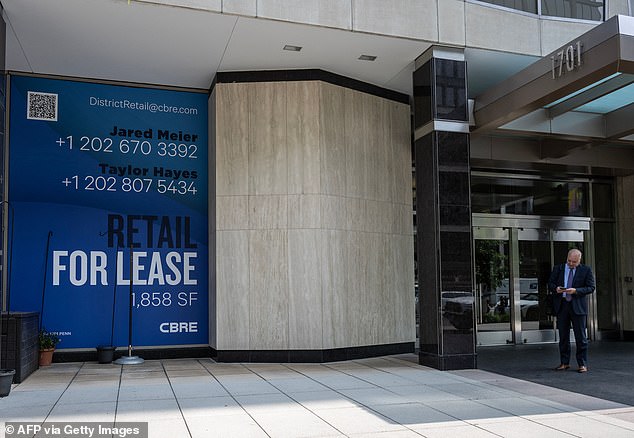
Washington's vacancy rate was 21.1 percent in the third quarter, compared to San Francisco's 34 percent, according to real estate brokerage CBRE Group.
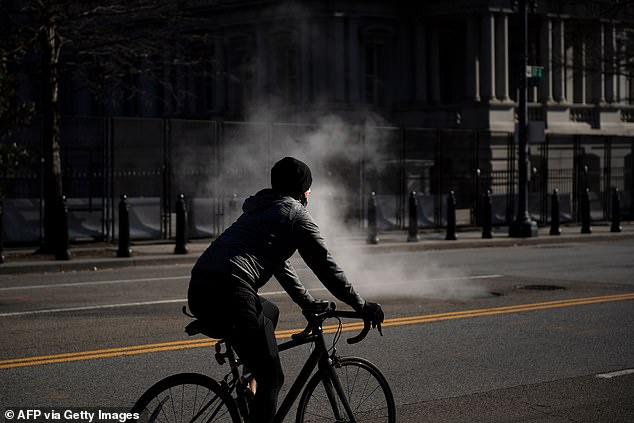
According to real estate data firm Trepp, healthcare loans for offices near DC reached 72 percent in the third quarter, surpassing San Francisco's 71 percent.
San Francisco's office problems are blamed on a combination of the large number of tech workers working from home and security concerns as the city enters a “doom loop.”
In Washington, one of the biggest factors is federal workers' hesitancy to return to work in person. Nearly 50 percent of DC workers worked remotely in 2021, Census data shows.
The slow sales have drawn criticism from Republican lawmakers. In May, Republicans in the House of Representatives sent letters to Biden administration heads seeking the number of federal employees still working from home three years after the pandemic began.
The initiative was spearheaded by House Oversight Committee Chairman Rep. James Comer and the Subcommittee on Government Operations and Federal Workforce Chairman Rep. Pete Sessions.
The letters asked about the occupancy rate of government offices in the DC area and asked whether they had made plans to adjust their “real estate footprint” based on current plans.
In his State of the Union address in early 2022, President Joe Biden said it was time for Americans to get back to work and “refill our great downtown.”
“That's what we do here in the federal government. The vast majority of federal employees will return to in-person work,” he added.
This In April, the White House directed agencies in an internal memo to “substantially expand meaningful in-person work in federal offices.”
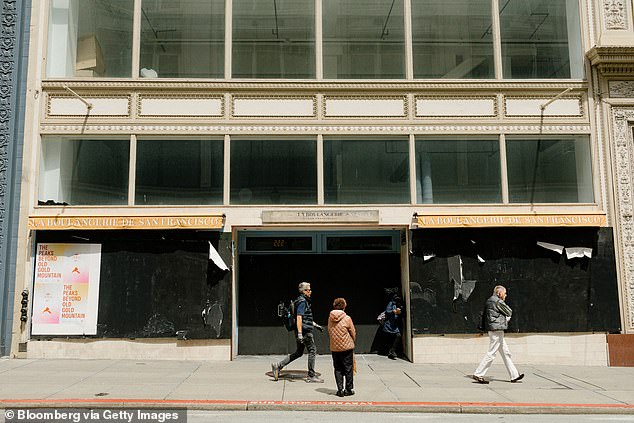
San Francisco's office woes have been blamed on a combination of the large number of tech workers working from home and security concerns, but in D.C. one of the main culprits is federal workers' reluctance to return to in-person work.
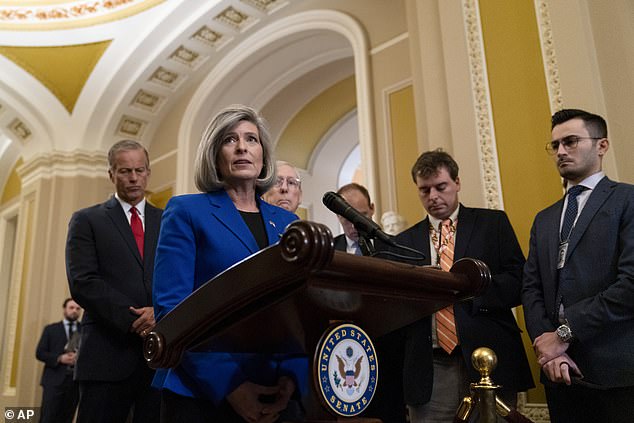
Sen. Joni Ernst and other lawmakers say billions of taxpayer dollars have been wasted on unused federal office space
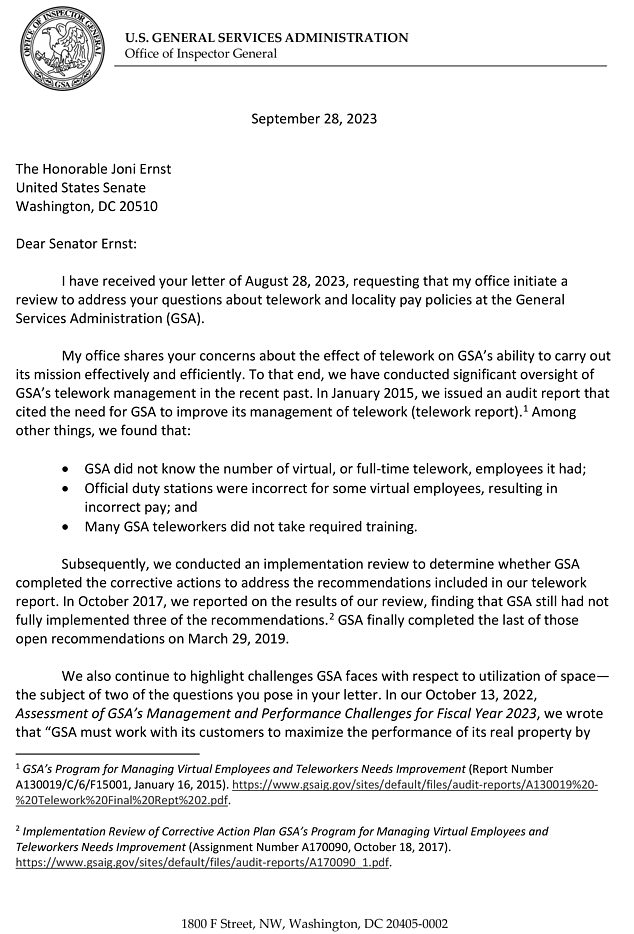
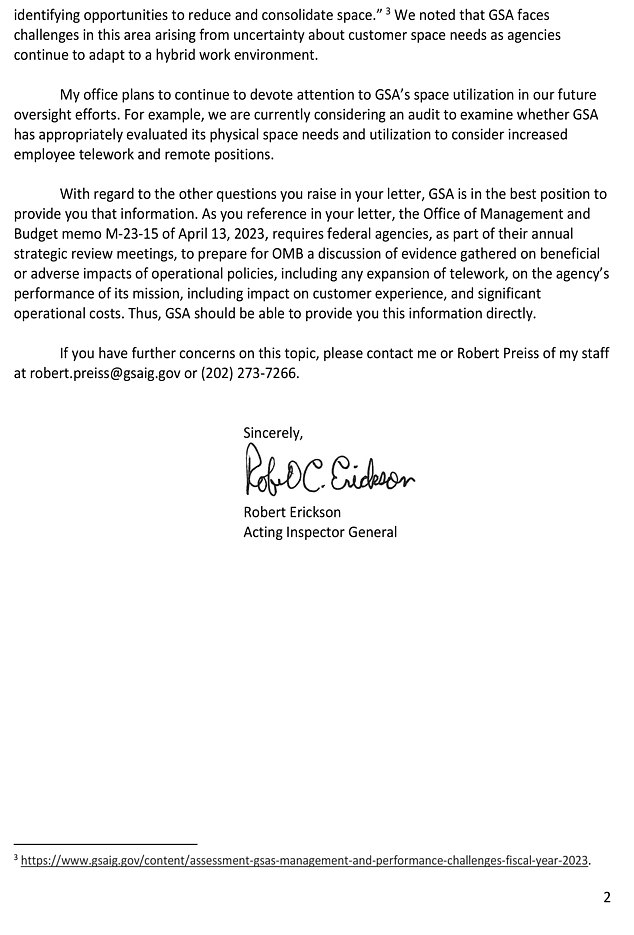
Four months later, Biden Chief of Staff Jeff Zients directed Cabinet agencies to “aggressively execute” the transition to more in-office work.
Sen. Joni Ernst, R-Iowa, and other Republican lawmakers say billions of taxpayer dollars have been wasted on unused federal office space.
“It's time for Biden's hot tub bureaucrats to get back to work, or forfeit their expensive, unused office space,” Ernst told DailyMail.com in October.
In a letter obtained by Dailymail.com, Inspector General Robert Erickson told Ernst that his office would closely monitor the General Services Administration's use of space.
“We are currently considering an audit to determine whether GSA has appropriately evaluated physical space needs and uses to consider increased employee telework and remote positions,” Erickson wrote in September.
According to the Government Accountability Office, more than 75 percent of available office space across 17 different federal agencies remains vacant.
Agencies spend approximately $2 billion per year operating and maintaining federal office buildings and more than $5 billion per year on leases.
At a hearing on Nov. 29, Pete Sessions, R-Texas, questioned whether the remote work policy was “putting the American taxpayer first.”
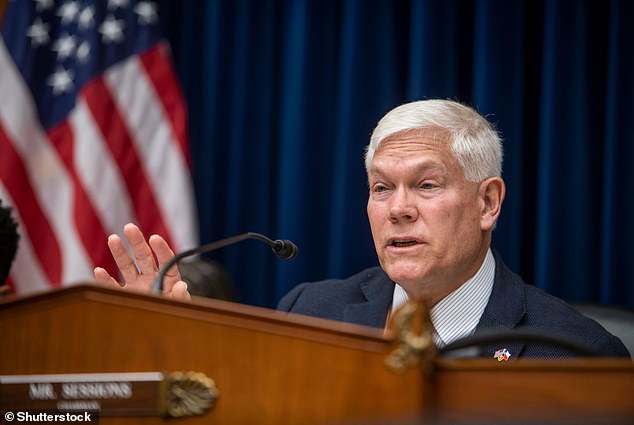
At a hearing in November, the Subcommittee on Government Operations and Federal Workforce Chairman Rep. Pete Sessions, Questions Whether Remote Work Policies 'Put American Taxpayers First'
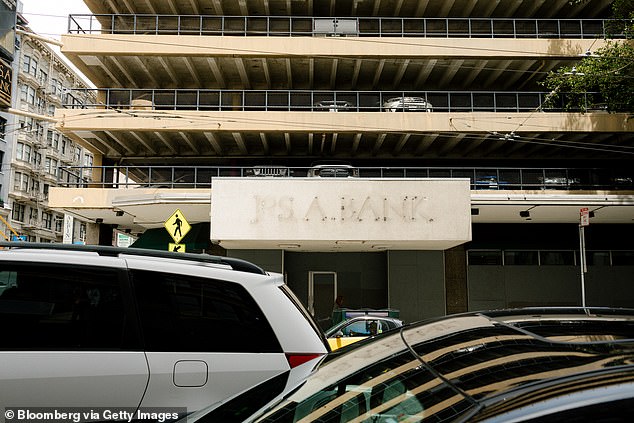
While it is unclear how long it will take for the capital region to recover, occupancy rates in San Francisco could increase once economic conditions improve and interest rates fall.
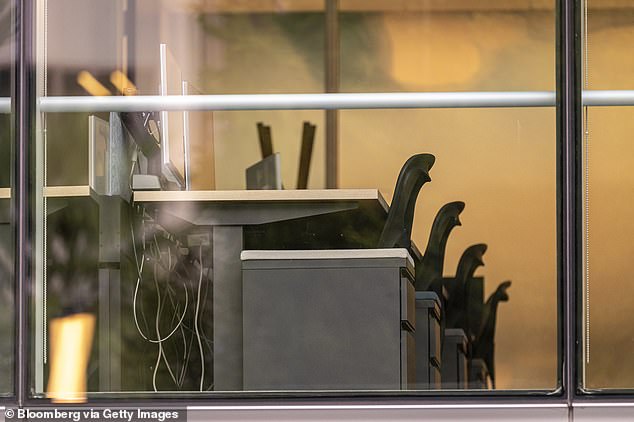
AI companies have driven much of the demand in the California city, accounting for 28 percent of total leasing activity by 2023
“The president himself is telling federal workers to come back to the office, but they're not coming back,” said Sessions, a member of the House Committee on Oversight and Accountability.
The Biden administration has faced pressure not only from lawmakers on the other side of the aisle, but also from Democratic mayors seeking to revitalize struggling downtown areas.
“We need decisive action from the White House to either get most federal workers back to the office or to redeploy their vast real estate holdings for use by local government, by nonprofits, by corporations, and by any user willing to breathe new life into. it,” Washington DC Mayor Muriel Bowser said in her third inauguration speech.
While it's unclear how long it will take for the Capital Region to recover, occupancy rates in San Francisco could soon rise.
CBRE forecasts occupancy losses will continue through the first half of 2024 before stabilizing as “economic conditions improve and interest rates decline,” Colin Yasukochi, director of CBRE's Tech Insights Center, told the San Francisco Chronicle.
He called AI companies a key “driver of demand,” accounting for 28 percent of total leasing activity this year.
“This sector is likely to be a leading demand creator in the future as growth accelerates and spawns new businesses,” Yasukochi explains.
